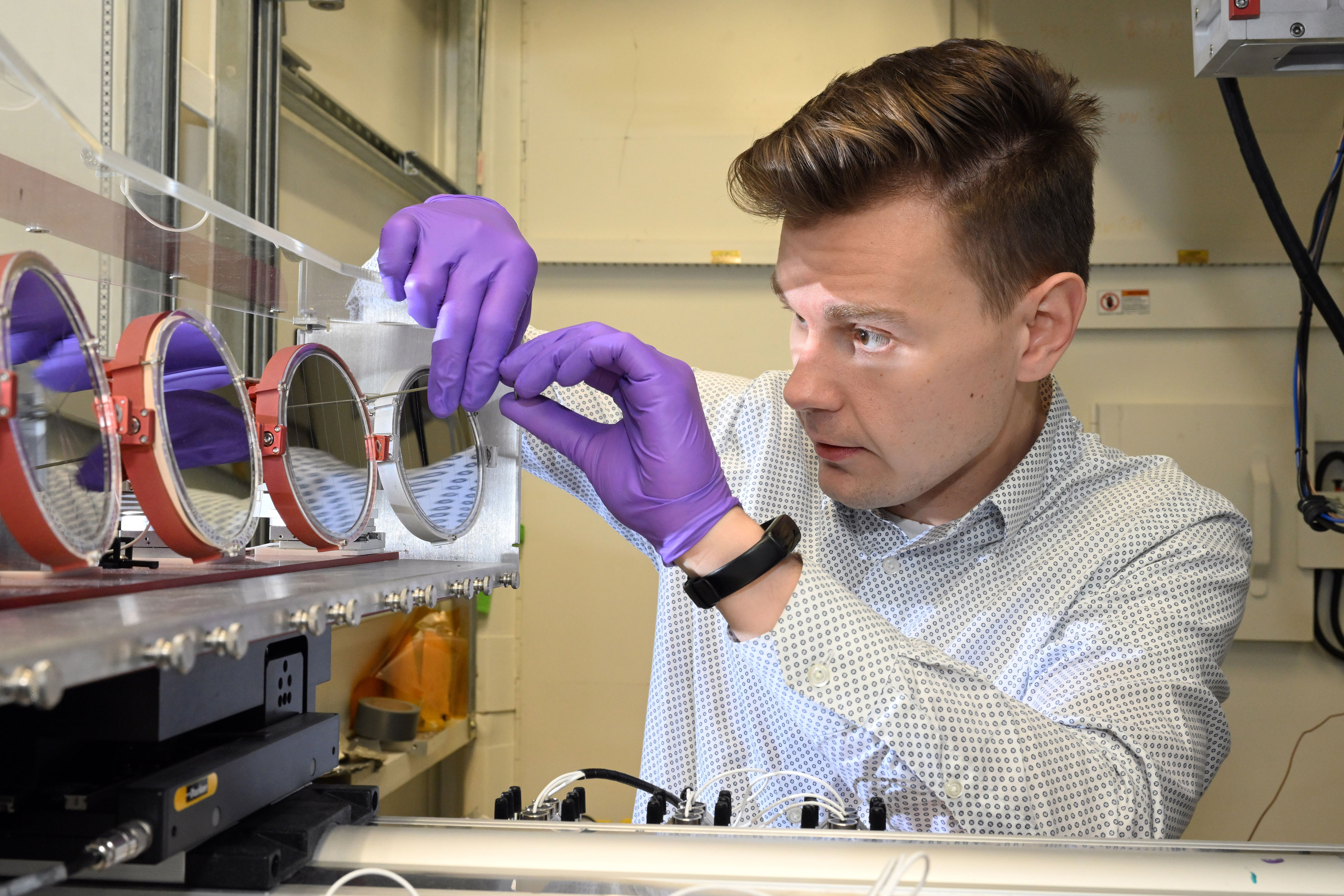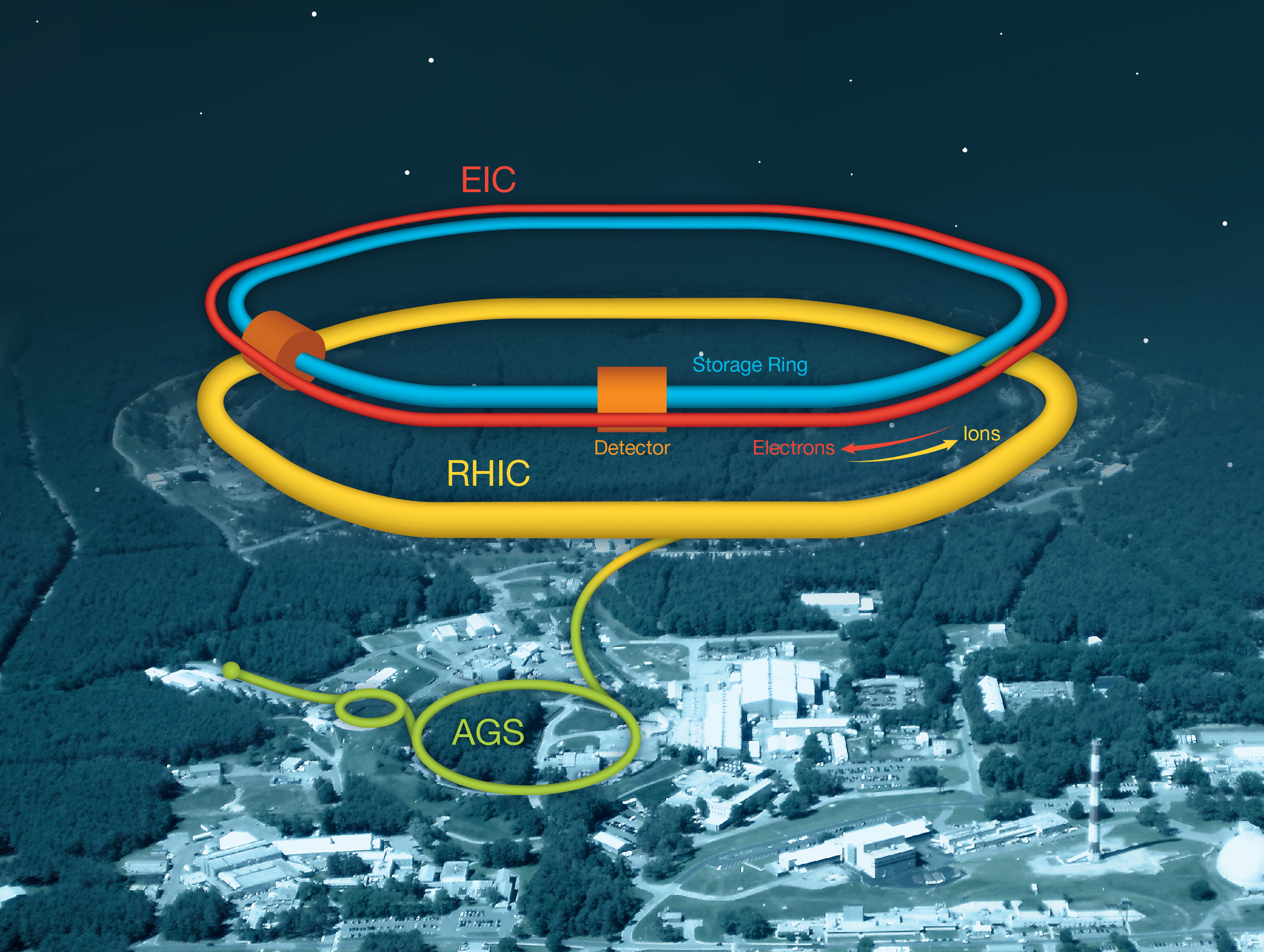Silent flight edges closer to take off, according to new research
University of BristolThe mystery of how futuristic aircraft embedded engines, featuring an energy-conserving arrangement, make noise has been solved by researchers at the University of Bristol.










































